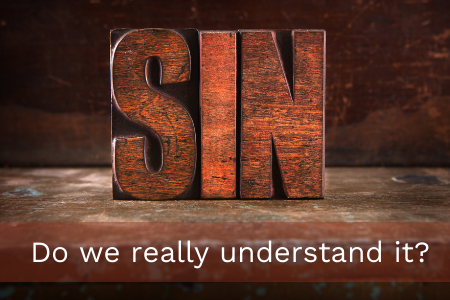
Growing into God
Author: Thomas Chavez, preface and editing by Julie Gorham
Growing into God – Practicing the Science of Spirituality
Do you truly experience and feel unity with God and others in your life? Or, do you feel disconnected and your heart knows there must be more? Christ the Healer offers ongoing education on the topic of Christian mysticism, also known as Christian contemplation. Growing into God means understanding how to become one with God. Mystics and teachers from the earliest history in Christian wisdom led the way. Now, we see the Life of Christ is the a transformative model for how we get there.
Gain or refresh new understandings and integrative practices to engage the transforming Christ path with a romp through Gabrielle’s brilliant synthesis of science, spirituality, and the best of the Bible. with practical insights on how to achieve unity through the Christ path model. It’s a contemporary road map to unification for all people and all times.
Early history – Roadmap to a spiritual life – Purgation, Purification & Unity
The 3rd century theologian/mystic, Origen of Alexandria, draws from three books of Jewish wisdom literature – Proverbs, Ecclesiastes, and the Song of Songs which provide a metaphorical “map” of the spiritual life. Like Proverbs, with its emphasis on right living and moral conduct, Origen saw the first stage of the mystical life as involving purgation or purification of all that impedes our search for God. The second stage, corresponding to Ecclesiastes, marks the illumination that comes as we learn to access the wisdom of the Holy Spirit within. Finally, the joyful eroticism of the Song of Songs represents the union with God that is the promise of the contemplative life.*
While these primary principles identify the key components to attaining oneness with God, they do.
The Christ path Model lays the foundation for how we can achieve an open our heart, and exchange the experiences of ‘hell on earth’ for a new condition of ‘heaven on earth within our hearts’. We are here for the kin-dom of heaven. This is not a physical place, but a condition of the heart where the virtues of love abound, for all.
A conversation with Thomas:
Julie – Thomas, can tell me more about purgation and the sequential of the events based on the “initiations” of the Christ path?
Thomas – The original idea was purgation (purging, cleaning out, sitting empty) was that once you are clean enough, there’s a moment of enlightenment. This process of purgation leads to the 1st initiation of the Christ path. We ask the question “Is this all there is?” and “What’s wrong with my life?” Once our hearts can open, we suddenly notice we can love everybody. That’s the birth of Christ in the heart.
That experience goes on for a while, and we live with it and like it, then we come to the place we traditionally call the dark night of the senses. We are in this together – “I love my neighbors, I love my family, I love the world I live in, then I go into depression, and I come out of that”. That’s the 2nd initiation.
We purge that through, and we have another illuminated moment which we call the transcendence, and it is in the life of Jesus – that moment when he was on the mountain with his executive team, and he lights up so bright they fall on their faces.
People who are not Jesus, in this 3rd initiation, the world experiences them and they experience the world as “lucky” “wonderful teachers”, because they shine, and our culture, if we get there, our culture tends to expect us to stay there.
And then that goes on until we come to the 4th initiation, which tracks the crucifixion of Jesus. In the crucifixion, we lose this connection to light and to God, and to everything, and we are in this place that resonates with the voice on the “My God My God, why has thou forsaken me. I’m reaching through my soul to God, and my soul has blown away and disappeared, and I don’t recognize my connection to higher.
After we plum the depths of that, we come to the place where there’s no separation between being and being, I am God, I am an expression of God, I’m not in the presence of God, I’m not looking at God, but God is looking out through my eyes, I am ascending.
We’d love to hear from you!





